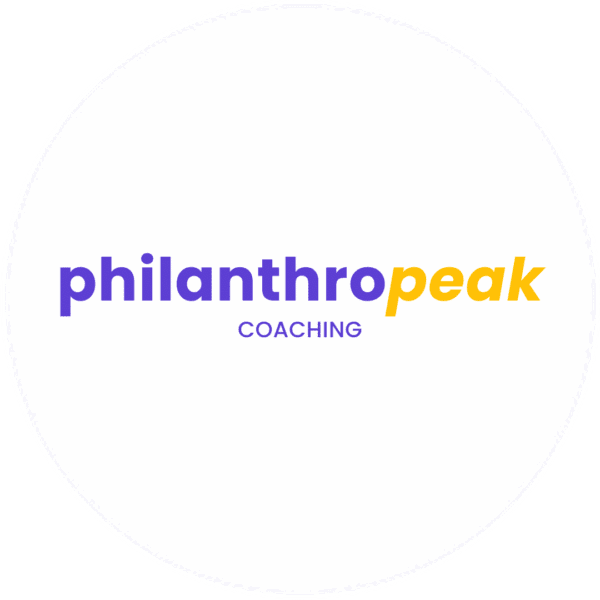Ever feel like your brain is throwing a party, but forgot to invite you?
That’s ADHD overstimulation.
Every light feels too bright. Every noise too loud. Your phone dings, your thoughts race, and suddenly choosing lunch feels like solving a Rubik’s cube blindfolded.
If you’ve got ADHD, overstimulation isn’t just “a bit much”—it’s a full-blown mental traffic jam.
Let’s break it down. No fluff. No BS. Just real, practical ways to deal with ADHD overstimulation like a pro.
What is ADHD Overstimulation?
ADHD overstimulation is when your brain gets hit with too much input at once—sensory, emotional, mental. Like trying to juggle flaming swords while riding a rollercoaster.
Here’s what sets it off:
-
Sensory overload – loud noises, flashing lights, strong smells.
-
Too many tasks – your brain can’t prioritise, so everything feels urgent.
-
Emotional spikes – anxiety, stress, excitement, or even joy can tip you over.
-
Digital overwhelm – texts, emails, Slack pings, and endless scrolling.
Your brain’s trying to run 30 tabs on a 10-tab processor.
The result? Total shutdown, spiralling thoughts, and no idea where to start.
Signs You’re in ADHD Overstimulation Mode
Let’s make it obvious. If any of these sound familiar, you’re probably deep in the overstimulation zone:
-
You feel like crawling out of your skin.
-
You bounce between 10 tasks, finishing none.
-
Small decisions feel impossible.
-
You’re snappy, short-tempered, or just checked out.
-
You freeze, scroll, doom spiral, or hide.
This isn’t about being “lazy” or “dramatic.” It’s your ADHD brain waving a red flag that says, “I’m drowning.”
How to Handle ADHD Overstimulation (Without Losing Your Mind)
Let’s get into it. Practical tools that don’t require a 10-step ritual or a mountain of motivation.
1. Brain Declutter: Shut Down the Noise
ADHD overstimulation thrives in chaos. So let’s kill the chaos.
-
Do a brain dump – get every thought out of your head and onto paper.
-
Pick one priority – not three, not five. ONE.
-
Break it down – turn that task into baby steps. We’re talking LEGO-level chunks.
2. Sensory Shield: Reclaim Your Environment
Your surroundings might be triggering your overstim.
-
Noise – use noise-cancelling headphones or brown noise playlists.
-
Clutter – clear your space. Mess = mental fog.
-
Lighting – soften your lights. Natural or warm lighting works best.
-
Textures – swap out scratchy fabrics, annoying tags, or irritating socks.
3. Take a Reset Break
No pushing through. You need to reset your nervous system.
-
Move – quick walk, stretch, dance, bounce.
-
Cold water – splash your face, or even better: cold shower.
-
Breathwork – try box breathing (inhale 4, hold 4, exhale 4, hold 4).
4. Cut the Digital Chaos
Let’s be honest—your phone is a menace during overstimulation.
-
Turn off non-essential notifications.
-
Use Focusmate, Pomodoro timers, or the Forest app.
-
Take a social media detox. No, you won’t miss anything life-changing.
5. Systems Beat Willpower
You don’t need more motivation. You need ADHD-proof systems.
-
Visual tools – sticky notes, calendars, whiteboards.
-
Timers – use alarms to start and stop tasks.
-
Accountability – tell someone what you’re working on. Text them when it’s done.
Want help setting this up? The frameworks inside the ADHD Business Compass™ are designed to give you systems that still run on the days your brain doesn’t.
6. Know What Trips You Up
Awareness = power. Track your triggers and prep for them.
-
Loud spaces? Carry earplugs.
-
Big tasks? Break them into tiny checkpoints.
-
Emotional days? Journal, voice note, or chat with someone safe.
What to Do When ADHD Overstimulation Hits Mid-Task
When the freight train hits, do this:
-
Step outside – sunlight + fresh air = brain reset.
-
Grounding tricks – hold an ice cube, name 5 things you can see, or feel your feet on the floor.
-
Cancel sh*t – your mental health > any commitment.
Long-Term Prevention = Less Overstimulation
Overstimulation is harder to manage once it’s happening. So let’s make it less likely in the first place.
Simplify Your Day
Leave space between tasks. Don’t stack your calendar like a game of Jenga.
Fuel Properly
Eat. Hydrate. Ditch the caffeine crash cycle. ADHD brains need actual fuel.
Get Real Sleep
ADHD overstimulation is 10x worse when you’re tired. Build a bedtime wind-down routine and stick to it like it’s part of your job.
Add Mindfulness (Yes, Really)
You don’t need to become a monk. Even 3 minutes of deep breathing or staring at the clouds can help calm your nervous system.
Build a Business That Can Handle ADHD Overstimulation
If your income depends on your focus, then ADHD overstimulation can feel like a threat to your entire business.
That’s why I created the ADHD Business Compass™ — a 12-week programme that helps ADHD entrepreneurs build systems that don’t fall apart when your brain does.
Inside, we:
-
Map your current mental chaos and energy leaks
-
Build flexible systems for content, delivery, and revenue
-
Set up structure that works even when your executive function is MIA
-
Plan for overstimulation days so you stop falling behind
It’s not a cookie-cutter blueprint — it’s a strategic system custom-built for ADHD brains that crave clarity but hate rigidity.
Quick FAQ: ADHD Overstimulation Edition
Is ADHD overstimulation the same as sensory overload?
Not quite. Sensory overload is one type of ADHD overstimulation. The full thing includes mental, emotional, and digital chaos too.
Does ADHD overstimulation cause anxiety?
Yes. The overwhelm can trigger anxiety, shutdowns, or even panic attacks.
How do I explain it to others?
Say this: “My brain’s overloaded and needs a break. I’m not ignoring you—I’m trying to calm my system down.”
Are there tools that help?
Yep. Try apps like Focus@Will, Headspace, or Calm to help regulate overstimulation and focus.



